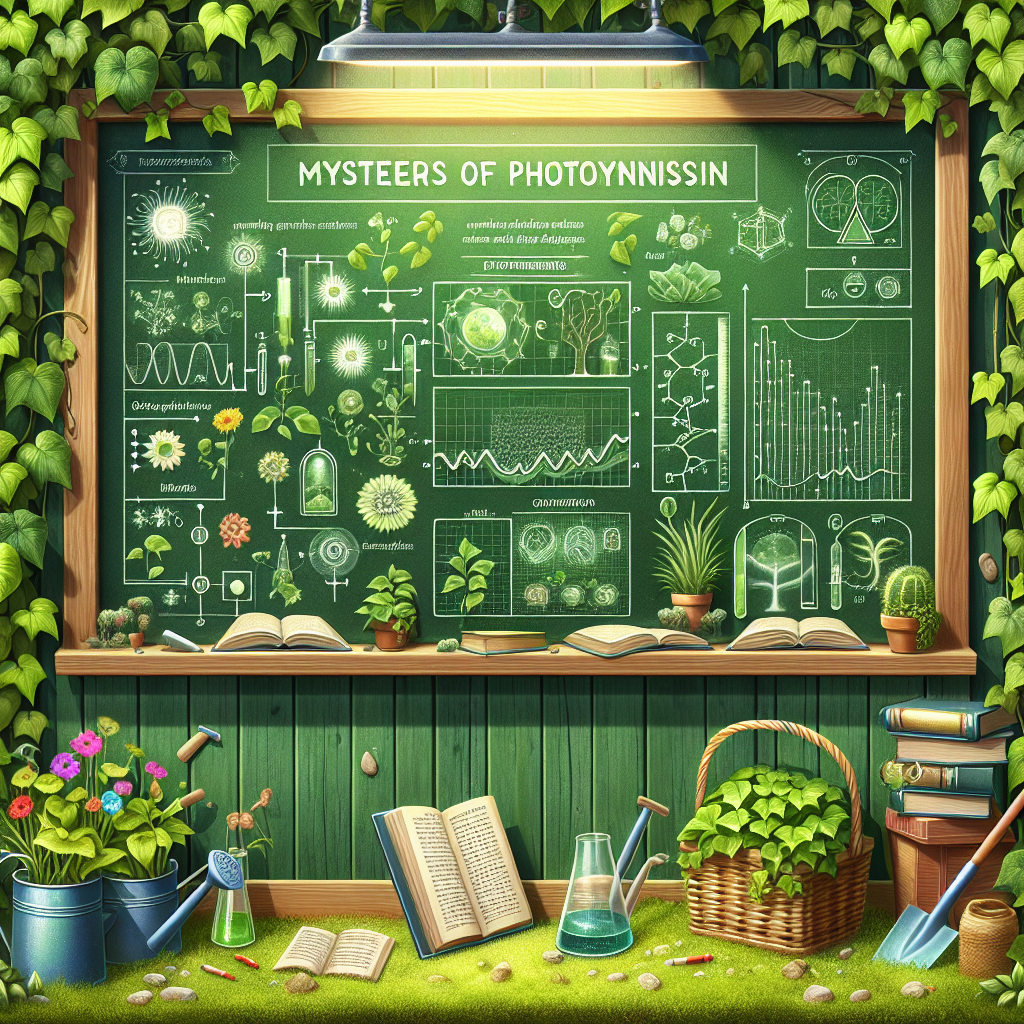Dendrochronology: An Underrated Science
Dendrochronology, a tiny sector in the vast ecosystem of scientific studies, seldom gets the spotlight it is worthy of. The intrigue in this topic transcends just counting tree rings to determine a tree’s age. It has a profound impact across different spheres, acting as a comprehensive guide to our natural world’s complex history.
The term ‘dendrochronology’ is a combination of the Greek words ‘dendron’ (tree), ‘chronos’ (time), and ‘logos’ (interpretation), i.e., the interpretation of tree-time. The technique serves as a scientific method for dating tree rings right down to the precise year they were formed, to study chronological patterns of past events.
This science is not just limited to measuring tree age. A significant part of it involves analyzing ecological trends and climatic shifts, playing a key role in understanding global climate change. Each year, a tree ring represents the atmospheric conditions of that particular period. Thick rings indicate fertile years whereas narrow ones might indicate periods of drought. This information aids dendrochronologists to study climate patterns dating back thousands of years.
The University of Arizona Tree Ring Laboratory has brought to light a naturally occurring 11-year solar radiation cycle. In the same vein, European dendrochronologists have discovered previously unrecorded periods of demographic crisis.
Dendrochronology’s usefulness stretches beyond just climate and ecological study. It serves a crucial function in archaeological research – dating wooden artifacts and buildings. It has played a pivotal role in dating historical sites, such as the Native Americans in the Southwest’s cliff dwellings.
Furthermore, dendrochronology is invaluable in art history. It aids in determining the age and authenticity of wood panel artworks, providing a robust shield against art forgery.
Nevertheless, dendrochronology is not without its flaws. Certain species like willows and poplars, having uneven growth patterns, usually yield inaccurate data. It is also geographically limited as tropical or subtropical trees do not produce discernible annual rings. Ecological factors, like insect attacks and human interventions, also affect this science’s accuracy.
Despite these shortcomings, the scope and potential of dendrochronology are vast. It has proven invaluable in the pursuit of understanding not only our environment but also in decoding history that has long faded into oblivion.
Perhaps now, whenever you see a tree, you won’t view it as just another piece of landscape. Instead, you’ll see it as a living historical chronicle. These grand narrators silently whisper tales as they grow towards the sky, encapsulating a narration of the world as magnificently long as time itself within them.

Leave a Reply